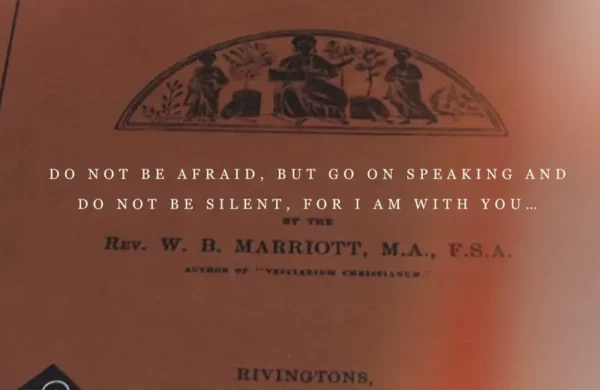
First published in 1869 and nearly forgotten, Vestments of the Church book returns in a beautifully restored edition. Written by Rev. W. B. Marriott, this timeless classic explores the deep meaning behind sacred garments and their role in worship. A must-read for clergy, scholars, and lovers of liturgical beauty.
Like this:
Like Loading...
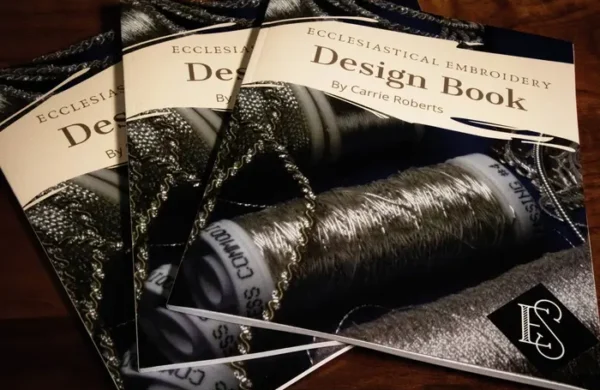
Liturgical art is more than decoration it’s theology in thread. Our Embroidery Design Booklet brings back 180+ sacred patterns from 150-year-old sources. Perfect for artisans and church leaders who believe God’s house deserves more than modern minimalism it deserves beauty.
Like this:
Like Loading...
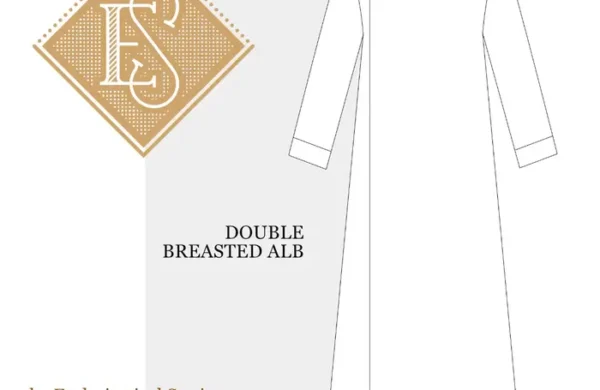
Explore our newest collection of liturgical sewing patterns designed with both tradition and practicality in mind. From the popular Double-Breasted Alb with its clean lines and convenient features to the authentic Monk Habit pattern, these designs bring centuries of ecclesiastical garment tradition to your sewing room. Perfect for church seamstresses, vestment makers, and anyone creating sacred garments.
Like this:
Like Loading...
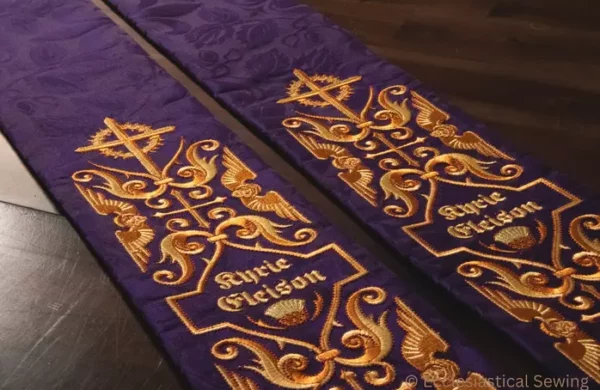
Introducing the Thistle and Thorn Lattice Stole by Edward Riojas: a stunning work of art boasting over 500,000 stitches. Crafted with exquisite Violet Litchfield fabric, it’s available in our online store with fabric option. Experience beauty and joy today!
Like this:
Like Loading...
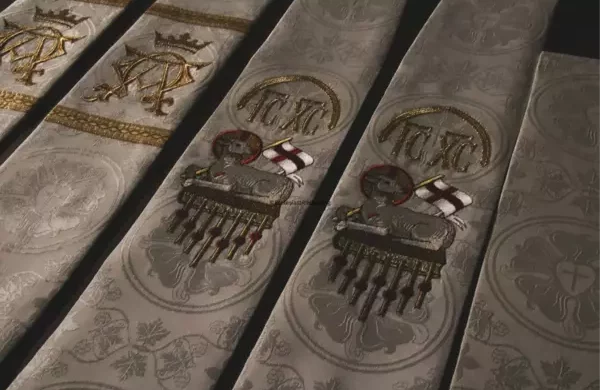
As Advent nears its end, we recall Isaiah’s prophecy of a child bringing light and Luke’s account of the angel Gabriel telling Mary about Jesus. These prophecies connect to Jesus as the Lamb of God, fulfilling ancient promises. Embracing Advent means recognizing Jesus’ arrival and the fulfillment of God’s promises.
Like this:
Like Loading...
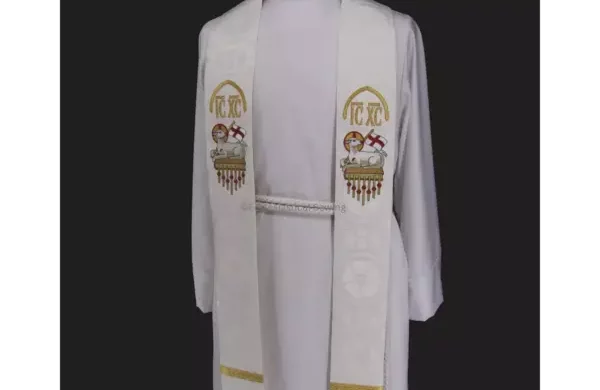
The passages from Genesis and Isaiah depict the symbolism of the lamb, representing innocence, sacrifice, and redemption. They foreshadow Jesus’ ultimate sacrifice. The term “Agnus Dei,” meaning Lamb of God in Latin, beautifully reflects this imagery, tying into the Old Testament’s anticipation of Christ’s arrival.
Like this:
Like Loading...
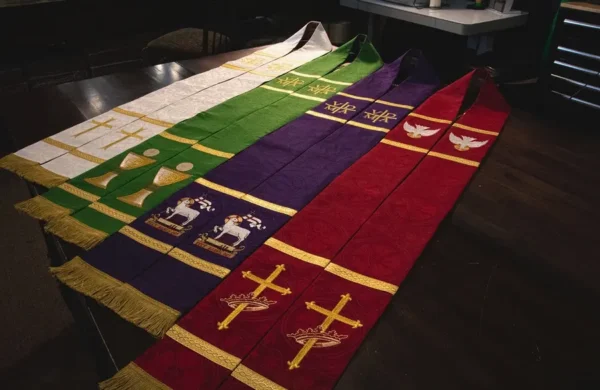
From Roman officials to modern clergy, the stole’s transformation tells an extraordinary tale of faith and authority. This isn’t just about a strip of fabric—it’s about a sacred symbol that has shaped Christian ministry for two millennia. Uncover the hidden meanings behind the colors and designs that define this tradition.
Like this:
Like Loading...
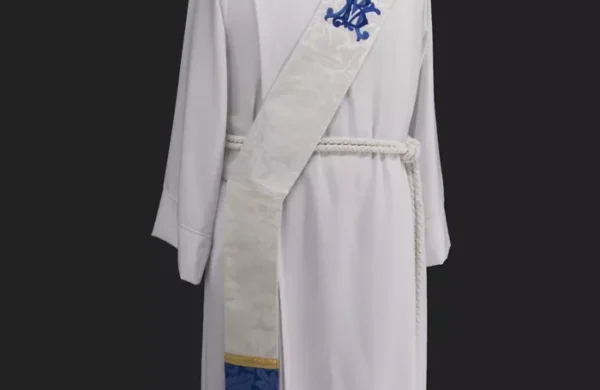
Discover the profound significance of blue and white as the colors of the Blessed Virgin Mary. These hues symbolize her divine role, purity, and connection to heaven, inspiring believers across generations.
Like this:
Like Loading...

Whether you’re an experienced seamstress or just beginning your journey, our intuitive patterns will guide you step-by-step, ensuring your garments are not only visually striking but also deeply meaningful. Join us in preserving a legacy of craftsmanship and devotion, and learn how to breathe life into your fabric with elegance and style. Plus, take advantage of our exclusive discount code for your next pattern order!
Like this:
Like Loading...
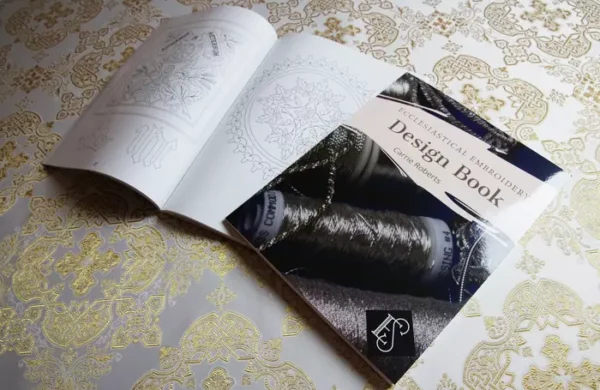
Get ready for something BIG! On October 29th, enjoy a 24-hour secret sale on our best-selling Embroidery Design Book. This ultimate crafting resource is perfect for sewing, quilting, and embroidery enthusiasts alike. Packed with designs and inspiration, it’s the ideal gift for creative souls or a treat for yourself. Don’t miss out on 25% off—mark your calendars!
Like this:
Like Loading...
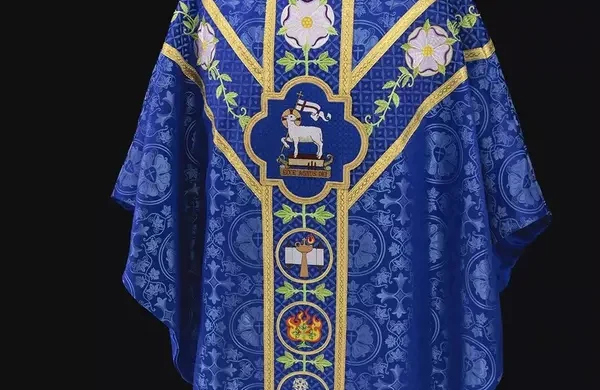
Explore the significance of the Ecce Agnus Dei chasuble, beautifully crafted in Luther Rose brocade. This unique blue garment features the powerful motif of the Lamb of God, symbolizing the essence of Advent. Adorned with intricate O Antiphon symbols, it encapsulates the anticipation of Christ’s coming and the fulfillment of prophecy. Perfect for the Advent season, this chasuble merges tradition and artistry, inviting deeper reflection on our faith.
Like this:
Like Loading...
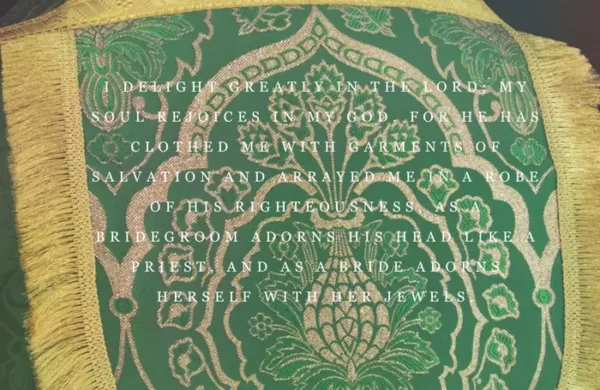
Cope, a liturgical vestment worn in Christian denominations such as the Roman Catholic, Anglican, and Lutheran churches. It traces the cope’s origins from Roman cloaks to its evolution into a ceremonial garment by the 9th to 13th centuries. Made from luxurious fabrics and adorned with religious symbols, the cope is typically worn during non-Eucharistic services like processions. Its color changes with the liturgical calendar, symbolizing clergy authority and the Church’s long-standing traditions.
Like this:
Like Loading...
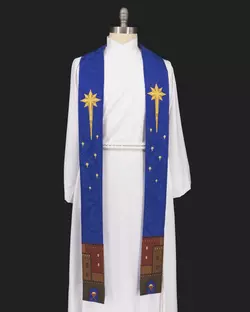
For Pastor Appreciation Month, we’re offering 10% off all stoles for the first time ever with code PASTOR10. This limited-time sale runs until the end of October, so don’t miss your chance to grab a handcrafted stole at a discounted price.
Like this:
Like Loading...
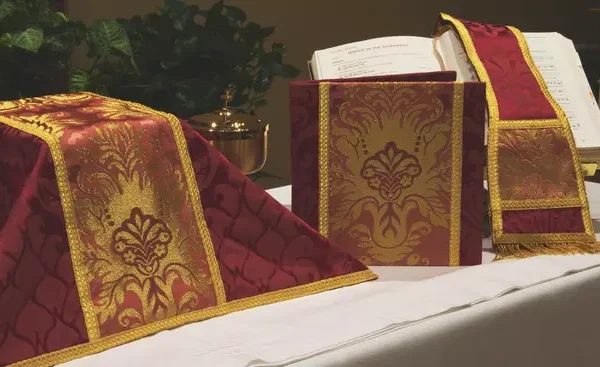
Saint Augustine’s love for symbolism connects deeply with the chalice veil and burse. These ceremonial coverings are more than fabric—they symbolize God’s grace veiling and protecting our hearts, preparing us to receive eternal life. Just as Augustine described layers of sin being lifted, the unveiling of the chalice is a metaphor for revealing divine truth in our lives.
Like this:
Like Loading...
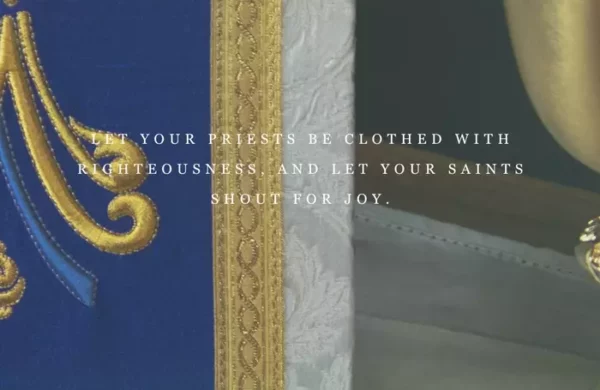
Linen, derived from the flax plant, has been used in Christian liturgical traditions for centuries, valued for its durability and purity. In the Bible, it symbolized holiness and was used for priestly garments and sacred objects. Today, linen remains a preferred fabric for church vestments and liturgical items, representing purity and sanctity in worship.
Like this:
Like Loading...
















You must be logged in to post a comment.